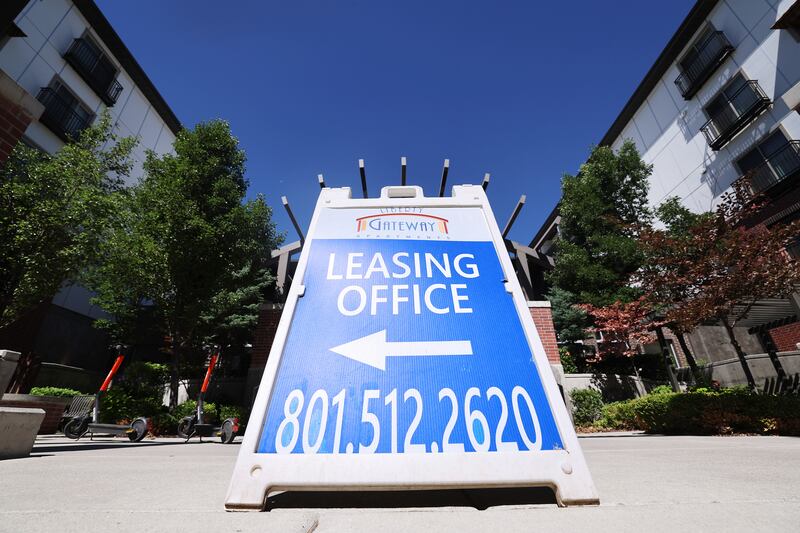Half of American renters, around 22.4 million people, spend more than 30% of their income on housing costs. And among those households, 12.1 million individuals spend more than 50% of their income, according to The Washington Post.
The financial outlook is tough for homeowners, as well. Although home construction has increased within the past few months, home prices are expected to continue to rise in the near future since there’s not enough supply to meet the demand, per CNBC.
Here’s a look at these and other challenges facing potential home renters and buyers:
Rent affordability has reached an all-time low
In the pandemic, rental prices surged by 5.4% points for individuals earning between $45,000 and $74,999. For those making $30,000 to $44,999, prices rose by 2.6% points, according to a study published by the Harvard Joint Center for Housing Studies, orJCHS.
“I expected to see it worsen. But the degree to which it worsened, I think, was astounding,” said Whitney Airgood-Obrycki, head of the study, to The Washington Post.
At the end of 2023, rent’s rising costs did slow down. However, costs are not expected to go back to pre-pandemic levels, according to RealPage.
Not enough houses available
The study published by JCHS highlighted the thousands of constructed homes expected to become available this year. However, researchers determined that the new supply will not tame housing costs.
Construction projects often cater to wealthier homebuyers, meaning that they don’t do much to lower the prices paid by other buyers. The availability of lower-cost units is low in part because many homeowners are choosing to become landlords and take advantage of the current rental market, per The Washington Post.
“Supply is very important. I will certainly underline that. But the people who are most cost-burdened are not going to see the immediate benefits of that supply,” said Airgood-Obrycki to The Washington Post.
Where are the best places to buy a home?
A study published by Point2 this monthly looked at housing markets in 100 of the largest U.S. cities to understand where individuals, especially those in Gen Z, have the best and worst chances of buying a home.
Large cities, especially in California and in East Coast market areas, were deemed to be the most expensive. The Midwest and South offered better opportunities for young buyers, according to the study.
Here are the easiest places to buy a home, starting from the best, according to the study:
- Fort Wayne, Indiana.
- Corpus Christi, Texas.
- Detroit, Michigan.
- Laredo, Texas.
- Memphis, Tennessee.
- Lincoln, Nebraska.
- Durham, North Carolina.
- Fort Worth, Texas.
- Aurora, Colorado.
- Scottsdale, Arizona.
Here are the hardest places to buy a home, starting from the worst, according to the study:
- Fremont, California.
- San Diego, California.
- Lexington, Kentucky.
- San Jose, California.
- Riverside, California.
- Los Angeles, California.
- Sacramento, California.
- Chula Vista, California.
- Richmond, Virginia.
- Newark, New Jersey.
Airgood-Obrycki told The Washington Post that there is little expectation that the costs of rent and housing will decrease in 2024.
“We may have come down from the all-time high number. But we’re probably still in pretty bad shape,” she said.

